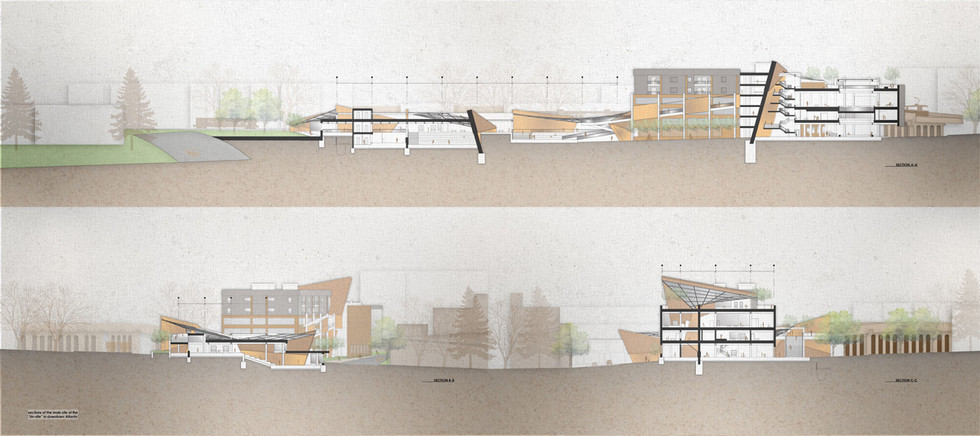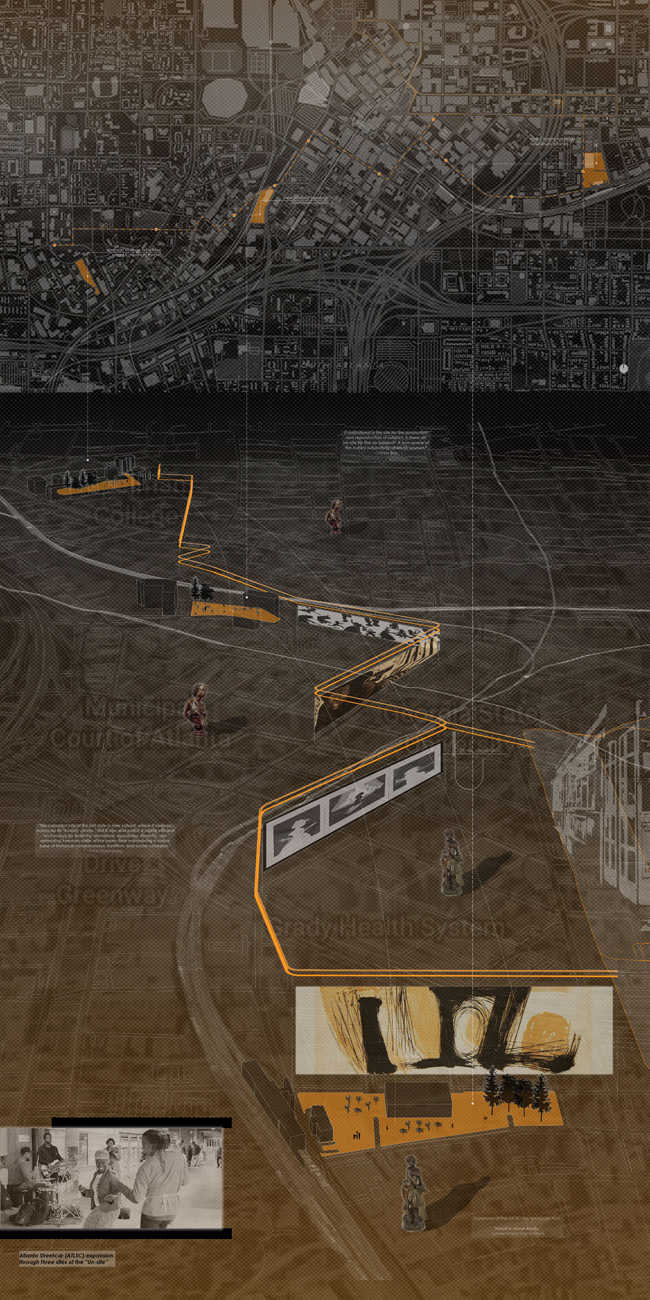The Un-site: by Black Women, for Black Women
- Taylour M. Upton
- Dec 19, 2020
- 2 min read
How can women of color play more key roles in the design, management, and facilitation of the built environment?
Black feminism and Black female identity have reached substantive success in social progression since the 1970s, but in contemporary artistic and business proceedings, they have barely scratched the surface. What does an ideal urban space for women of color look like and comprise? A critical analysis of the societal influences on Black women is required to understand the multi-faceted influences that undermine these women as professionals and contributors equally as capable as their White and male counterparts. Such observations are also pertinent to formulate an environment that encourages their flourishment and sustainability in the urban context.
To achieve a space where Black women can succeed and attain their career goals, spatial scale and symbolism must be considered. An in-depth look into the lives of such women as matriarchs in the small, domestic space to professionals in the larger urban environment is essential. Black feminists who paved the way for women of color in a White, patriarchal, western society must also be examined. As a long-established system conducted by patriarchy remains dominant, a prevalent network which supports the endeavors of the Black female cause is in critical demand. Additionally, utopian overtones and methods utilized in spatial and urban design can provide an abstracted way of looking at this architectural and cultural identity for aspiring Black women in the dystopic society that exists.
In a progressive, “melting pot” metropolis such as Atlanta, Georgia, the cultural, political, and social prosperity of African Americans, comparatively, has taken place since the beginning of the 20th century. As a city that hosts top-tiered historically Black colleges, it has ample potential for continued and enhanced artistic, educational, and professional advancement of Black women. This city can ultimately serve as an entity consisting of multiple spaces—a network grounded via iconographic establishment—where women of color can envision and execute their spatial model to progress their social and economic pursuits. In exploring such phenomena, an idealized vision of an egalitarian playing field for Black women in society can become more of a reality.
(visit to view publication, “The Un-site: by Black Women, for Black Women”)























Comments